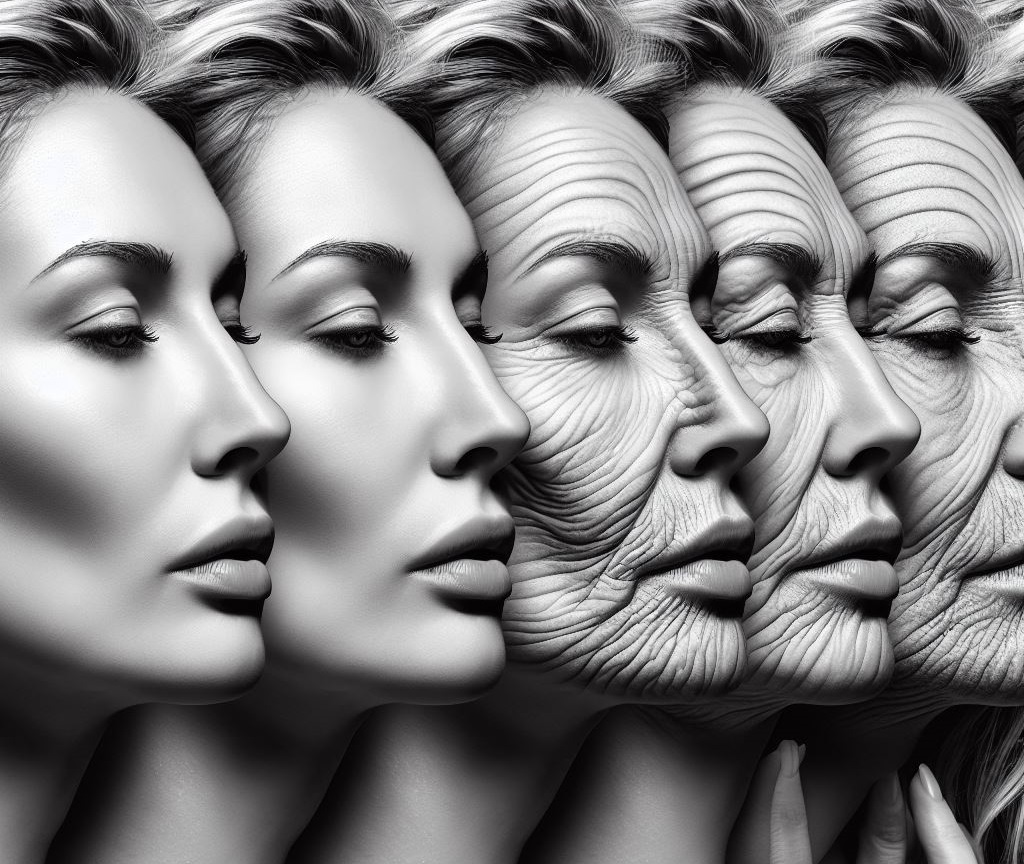Ageing environmental variables, such as UV exposure, have well-documented effects on the skin. People’s skin tends to get drier and more wrinkled as they age or spend more time in the sun.
The collection of microorganisms that live on our skin, known as the skin microbiome, has been linked to indications of skin ageing in an interesting new way, according to recent discoveries. The findings are a result of a cooperative study between L’Oréal Research and Innovation and the Centre for Microbiome Innovation (CMI) at the University of California, San Diego (UC San Diego).
Their findings were published in the journal Frontiers in Ageing.
The research carefully analysed data from 13 previous studies that L’Oréal had conducted, combining CMI’s sophisticated data analysis capabilities with L’Oréal’s knowledge and expertise in skin health assessment. The data included 16S rRNA amplicon sequence data and corresponding skin clinical data for over 650 female participants, ages 18 to 70. Although every research that was part of the analysis had concentrated on a single topic, such as moisture loss or wrinkles on the crow’s feet, this multi-study analysis gathered the data to look for patterns associated with certain bacteria while considering other factors like age.
Previous studies have shown that the types of microbes on our skin change fairly predictably with age.
Our skin also changes physiologically with age; for example, we gain wrinkles and our skin gets drier. But there is variation in what this looks like in people—you’ve probably noticed that there are some people who have younger or older looking skin than many others their age. Using advanced statistical methods, we were able to tease apart the microbes that are associated with these types of aging signs for skin, like crow’s feet wrinkles, from those that are associated with simply age as a chronological number.
Se Jin Song, the CMI Director of Research
Also Read| Light-powered yeast; an opening to the insights of evolution, cellular ageing, and biofuels
The investigation revealed two notable tendencies. Initially, the group discovered a favourable correlation between the diversity of the skin microbiota and lateral cantonal lines, also known as crow’s feet wrinkles, which are widely considered to be one of the primary indicators of skin ageing. Second, they noticed a negative relationship between transepidermal water loss—the quantity of moisture lost via the skin—and microbial diversity. As they dug further into the patterns, the researchers found several possible indicators that are worth looking into as interesting bacteria. The study’s findings have given researchers guidance on how to focus their efforts going forward to gain a deeper knowledge of the relationships between microbes and skin ageing, but it would be too soon to conclude causality or practical applications.
At L’Oréal, our commitment is to create beauty products that meet the unique needs of each individual. Our recent collaboration with the Center for Microbiome Innovation has shed light on the role of the skin microbiome in aging, particularly in how it affects wrinkles and overall skin quality.
This research is groundbreaking in identifying new microbial biomarkers linked to visible signs of aging like crow’s feet wrinkles. It marks a significant step towards developing technologies for healthier, more youthful skin. We look forward to sharing new results as they become available, furthering the scientific community’s understanding and contributing to advancing new skincare solutions.
co-author Qian Zheng, Head of Advanced Research, North America at L’Oréal.
Also Read| Healthy brains may depend on a common marker of neurological diseases
The team has proposed that future research directions include meta-transcriptomics to identify possible targets for genetic engineering and metabolomics to identify chemical indicators associated with skin ageing. Although many studies concentrate on the outer skin since sample collection is simple, research into other layers of the skin has also been studied.
While the study’s findings represent an advance of our knowledge of the skin microbiome, we view them as just the beginning of a new phase of research.
By confirming a link between the microbiome and skin health, we’ve laid the groundwork for further studies that discover specific microbiome biomarkers related to skin aging, and, one day, show how to modify them to generate novel and highly targeted recommendations for skin health.
co-author Rob Knight, the CMI Faculty Director and Professor of Pediatrics, Bioengineering
Source: University of California San Diego – Story
Journal Reference: Myers, T., Bouslimani, A., Huang, S., Hansen, S. T., Clavaud, C., Azouaoui, A., Ott, A., Gueniche, A., Bouez, C., Zheng, Q., Aguilar, L., Knight, R., Moreau, M., & Song, S. J. (2024). A multi-study analysis enables identification of potential microbial features associated with skin aging signs. Frontiers in Aging, 4, 1304705. https://doi.org/10.3389/fragi.2023.1304705
Last Updated






